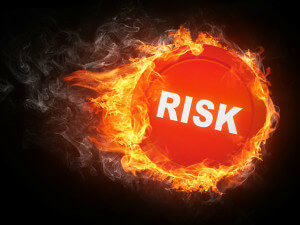What’s Wrong with My Dryer?
Is It Time To Clean Your Dryer Vents?
At Chief Chimney Services, Inc., we’re known, of course, for chimneys — for more than 30 years, we’ve been sweeping, inspecting, repairing and installing chimneys of all kinds in Western and Central Suffolk County.
But your chimney isn’t the only system in your home that’s working hard to expel heat and dangerous byproducts. Your dryer vents perform a similarly important function, and Chief Chimney Services specializes in servicing dryer vent systems, too.

The lint trap isn’t the only part of your dryer system that must be cleaned out. Your vents need regular maintenance as well.
Pay A Little Mind Now, Avoid A Lot Of Trouble Later
The systems that work behind the scenes in our homes can be something of an out-of-mind part of life for a lot of us, and that makes sense. If we were constantly focused on the inner workings of our electric system, our plumbing, our dryer vents, that’d probably be a fair indicator that those systems weren’t working very well. Ideally, if everything’s working right, we don’t have to spend a lot of time worrying about those systems. It’s when trouble pops up that they jump to the front of our minds.
The best way to avoid trouble with your venting systems is to give them just enough attention by keeping up with regular preventative maintenance. Having your chimney inspected and swept annually allows it to do its job in the safest and most effective way possible. And having your dryer vents regularly cleaned has the same positive effect.
Why Do I Need To Clean My Dryer Vents?
A chimney flue that’s covered in creosote deposits can be a serious fire hazard, and most of us take that very seriously, since fire hazards are a very front-of-mind concern as we’re building a fire inside our home. What you may not know, though, is that clogged or blocked dryer vents can create a serious fire hazard too.
The National Fire Protection Association compiles figures about home structure fires, and their 2010 findings showed nearly 17,000 home fires involving dryers or washing machines, resulting in more than 50 deaths, nearly 400 injuries and millions of dollars in property damage. And among those dryer-related home fires, the leading cause was noted as “failure to clean.”
Over time and with use, lint will build up inside your dryer vents, and if enough of it builds up, it can constrict or block those vents. Blocked vents allow heat to build up in the vents, too, and since lint is extremely flammable, that situation can quickly lead to ignition. Having your dryer vents professionally cleaned on a regular basis keeps that lint build-up to a minimum, and keeps that hot air moving through the vents and out of your home.
Avoiding a fire hazard isn’t the only reason to clean your vents, though. Blocked vents also force your dryer to work harder than it should to dry your laundry, wasting energy and making you waste money. If you’ve found damp clothes after running a normal load through the dryer, there’s a good chance lint build-up is hampering your dryer’s performance — and a good vent cleaning can clear that up!
Give Chief Chimney Services a call to schedule a dryer vent cleaning today!

